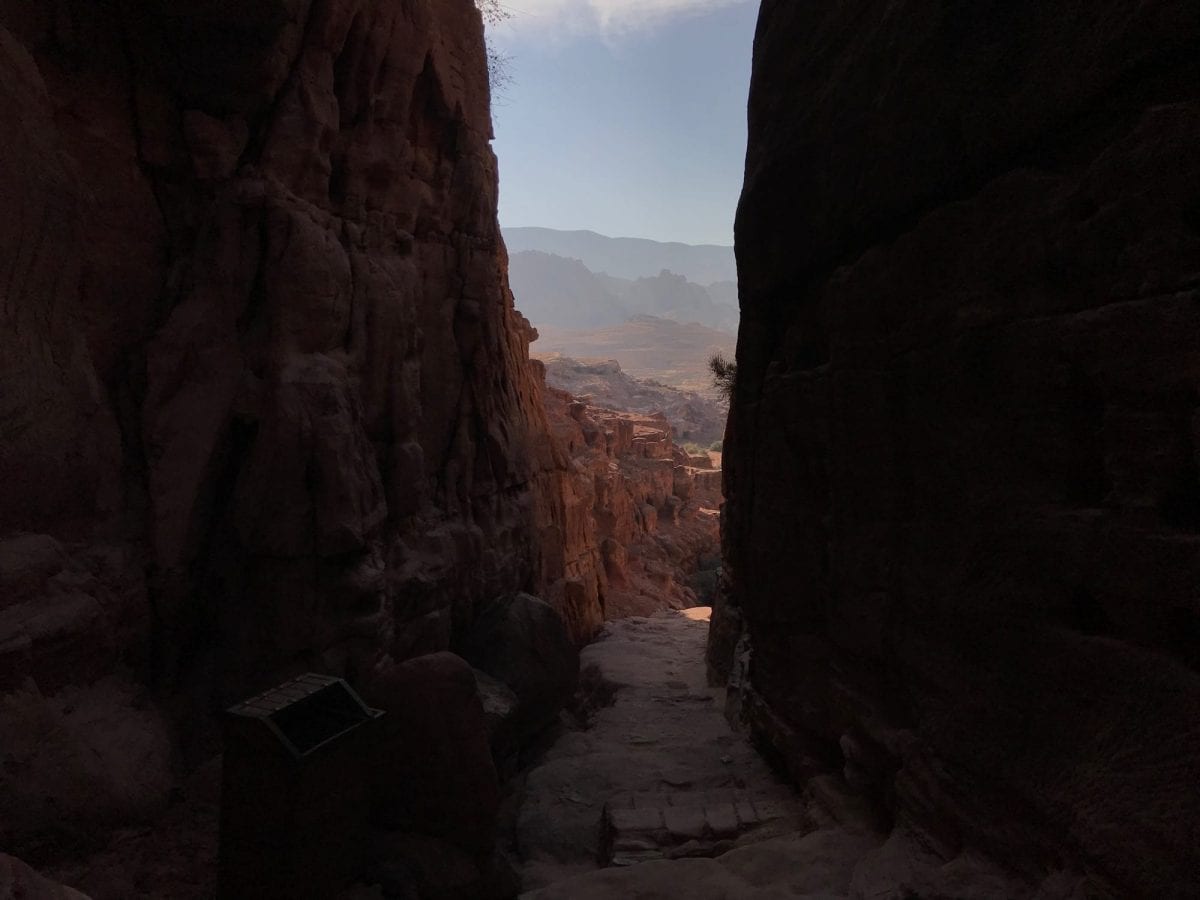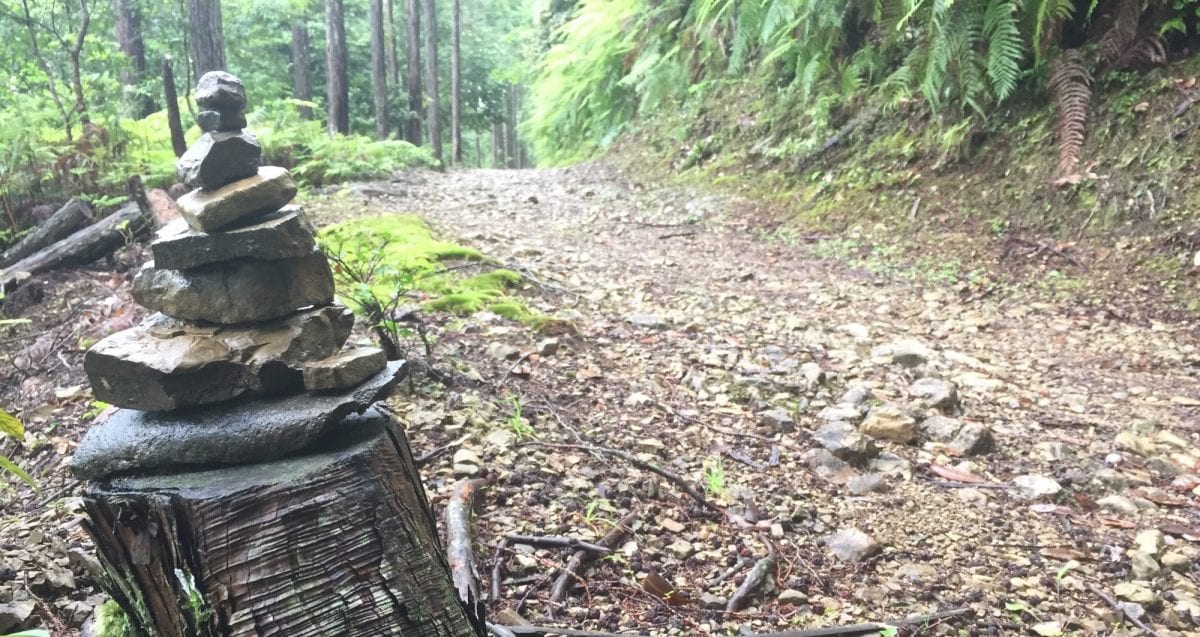I’m not too keen on snakes. Never been. And the first time I realized I needed a snake-related plan was during my Kumano Kodo solo hike in Japan, when next to the trail, often signs with snake warnings were posted – and I did not have a clue what to do. Apart from knowing what to do if you get bitten by a snake, maybe more important – how to prevent a snake bite?
Prevent a snake bites
The most important thing is not getting a snake bite at all. Getting bitten by a snake is never a good idea, so everything that can prevent this massively increases your convenience during your hike. My father (who is an avid hiker himself) would say “if you don’t want to get bitten by snakes, don’t go to an area where snakes are”. That is -obviously- brilliant advice (as is most of all fatherly advice), but unfortunately, some of the most beautiful hikes in the world (including Japan’s Kumano Kodo and Jordan’s Jordan Trail) run through snake territory.
So, here are the things I try to adhere to when hiking or running on a trail.
Prevent a snake bite while hiking
- Preparation is key (see my separate post on hiking safety also stresses that). Know where you are hiking/running and be aware that there could be snakes. Have a rough idea of what kind of snakes there are in the area and if/how venomous they are.
- Watch where you’re placing your feet, be extra aware on rocky, sunny areas, pockets of leaves and logs across the trail. If you’re off trail, the odds go up because there are more rocks and cracks and fewer people to scare the snakes away. Watch out when running through tall grass and weeds.
- Always step on a rock or log (on top of), not over it. This way you can spot a snake that may be sheltering under it and take action quickly.
- Watch out when sitting down on a rock or tree stump, you might be sitting on a snake.
- Don’t try to chase the snake off the trail, this is why most people get bit by snakes. Also, don’t try to poke a snake with your trekking poles. Many snakes are very well capable of striking over longer distances – like a trekking pole.
- Make sure you can observe your surroundings in the best possible way. Don’t hike or run with headphones on trails, or have at least 1 earbud out.
Be extra careful in these circumstances:
- Snakes tend to be near water, especially if it’s in a dry environment. If you’re near a spring or river, keep an extra eye out.
- Since snakes are cold-blooded, they’d like to come out when it’s warm and sun themselves on rocky areas or trails. They like to be on the edge of a sunny patch. If you come across a sunny patch, your encounter chances increase.
- Most venomous snakes rest during the day. The chances of running into one are higher in the mornings and early evenings when their activity is a bit higher.
- In the spring, after snakes have hibernated together, the frequency of sightings goes up. In the fall, when they retreat to a hiding place to spend the cold winter months, they are on the go, so higher chances to encounter a snake. Most snake bites occur between April and October.
Preven a snake bite while camping
- Keep your tent away from snake homes.
Snakes like to hang out under fallen trees or near vegetated areas, so be sure to set up your tent in a relatively clear area, away from good hiding spots for snakes. Snakes do not like to be out in the open, where they can be spotted. - Check your tent for holes.
On top of keeping your tent zipped shut as much as possible, it is important to check your tent for any holes that a snake might use to sneak in. You don’t want to leave a “back door” open for snakes or anything else to get in. - Check your tent/shoes/sleeping bag before climbing in.
Snakes also like to hide in the shade under tents. If you leave your tent up during the day, leave it zipped shut. And check under the tent when coming back to the campsite, to make sure you don’t have any new friends hanging out underneath it.
It’s also a good idea to shake out your sleeping bag before getting in, just in case a snake managed to get inside.
And check your shoes before you put them on, especially if you put them outside of your tent at night. If you do, you might want to consider to put socks in the front of your shoes to avoid having snakes (or scorpions or whatever friendly animals) crawl into it. - Keep snake ‘food’ out of the campsite.
It’s always a good idea to keep food (this includes leftover food scraps) in sealed, air-tight containers to discourage unwanted visitors. This won’t directly stop snakes coming into your tent as they aren’t interested in your fancy freeze-dried food or trail nuts. They are, however, very much interested in the animals that your food may attract like mice and birds.
What I pack to be prepared for snake bites
I do not pack any special snake repellant or other special gear, but do make sure, I at least pack the basics below (that I usually use for other purposes anyway):
- Permanent marker / Sharpie to mark bites and bite progress.
- Trekking poles to lift rocks, my tent, etc.
- Headlight to check my tent and surroundings for snakes and/or scorpions.
- Emergency phone/beacon (Personal Locator Beacon (PLB) or emergency device like the Garmin InReach Mini) to call in help.
Further reading
- I strongly recommend reading Jordan Benjamin’s (Resident Expert in Snakebite and Envenomations at Remote Medical International) comprehensive and well-written Quora post on what to do in case of a snake-bite and from which I borrowed many



8 comments